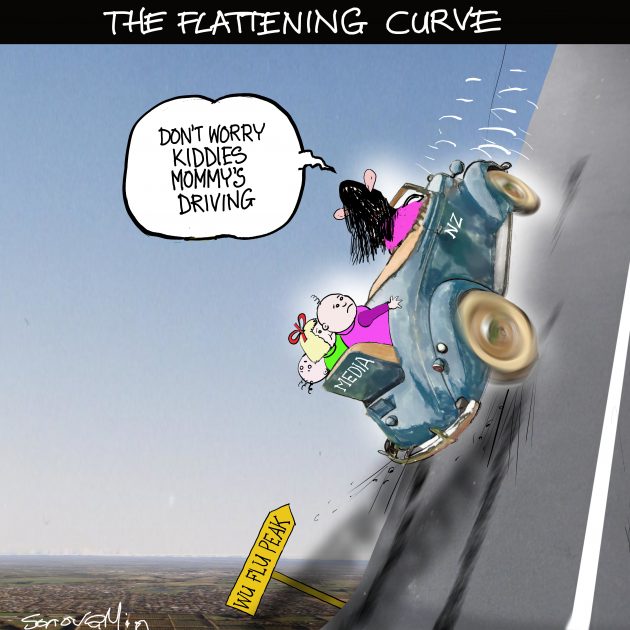Marcus Roberts
mercatornet.com
Marcus Roberts was two years out of law school when he decided that practising law was no longer for him. He therefore went back to university and did his LLM while tutoring. He now teaches contract and torts law. Aside from law, his passions include reading (particularly philosophy, apologetics and history) and supporting the New Zealand cricket team (which counts as penance for a vast multitude of sins). But his primary passion is helping to look after his three children who are growing up too quickly!
The World Bank has some thoughts about how the global response to the current pandemic has affected the world’s demographic trends and patterns. As the months and years drag on in and out of lockdown in different places we will start to realise what impact our policy choices has had. But even at this point of time, there are some tentative conclusions we can hazard at.
First, although it is clear that mortality trends will be altered by the pandemic, perhaps in similar ways to the HIV/AIDS epidemic did, estimating COVID-19 mortality is not easy. One way to do so is to calculate excess mortality, the comparison of monthly deaths from year to year. Thus, for example, the number of more deaths in a country in one month in 2020 compared with the last five years average is a good indication of how many people are dying from COVID.
Unfortunately, this method only works in countries with robust systems which can register every death. For many countries, this is simply not the case. Instead, demographers must make guestimates based upon cremations, burials and verbal autopsies. In short, for many parts of the world we will just have no idea how many people died from COVID or what the excess mortality was.
The World Bank is concerned that the fate of migrants is being forgotten. Not only have migrants suffered disproportionality due to the lockdowns (because they tend to work in precarious, informal, manual jobs which have been the first to be shed in a lockdown) but they have often had their medical welfare overlooked as well. Too often cities and countries (Singapore, Dubai) have relied heavily on migrant labour and then have locked them up in shanty towns during COVID with little understanding of their needs.
The World Bank is also pointing to the effect that the pandemic will have on marriage rates and fertility patterns. Wedding plans have been cancelled while efforts to end child marriage have stalled as families have come under financial pressure and seek to marry off daughters to stave off economic ruin. Contraception and abortion services have been curtailed in many parts of the world, while both women and their children have suffered the heightened risk of violence.
Finally, the pandemic has had contrasting impacts on living arrangements. Recently unemployed young adults have often returned home to live with parents; while families have worked from home and in close proximity (only too true from my point of view!) But at the same time, the quarantine and social distancing rules have meant that older and more vulnerable people have been kept isolated from family and loved ones with predictable effects on their physical and mental health. See these terrible stories from the UK about the attempts to allow visits to elderly care facilities during the lockdown, and one woman’s attempts to break her mother out from them.
These are just some of the broader trends that have been impacted, sped up or retarded by the various governmental responses to the pandemic. Once again, focussing only on the number of cases, COVID deaths and flattening the curve (remember that canard?) leaves off half the picture. What is the cost of our response to the pandemic? According to the World Bank, we are not even in a position to start calculating this cost on a global scale.

The BFD. Cartoon credit SonovaMin election 2020
Share this article with your friends, and let more people know about The BFD

